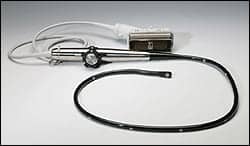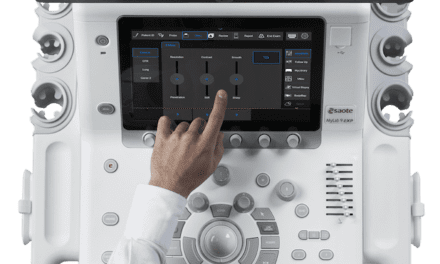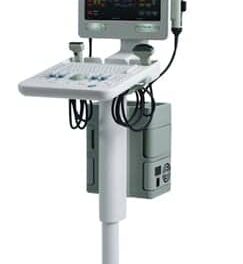A new medical imaging system takes precise three-dimensional images of plaques lining arteries and identifies deposits that are likely to rupture and cause heart attacks, according to research in the November 4 issue of the Nature journal Scientific Reports. Called high-speed intravascular photoacoustic imaging, the process reveals the presence of carbon-hydrogen bonds making up lipid molecules in arterial plaques that cause heart disease.
“This allows us to see the exact nature of plaque formation in the walls of arteries so we can define whether plaque is going to rupture,” said Michael Sturek, coauthor of the paper and a professor and chair of the Department of Cellular & Integrative Physiology at Indiana University School of Medicine. “Some plaques are more dangerous than others, but one needs to know the chemical makeup of the blood vessel wall to determine which ones are at risk of rupturing.”
The imaging technique is “label free,” meaning it does not require samples to be marked with dyes, making it appealing for diagnostic applications. The laser, which pulses in the near-infrared range of the spectrum, causes tissue to heat and expand locally, generating pressure waves at the ultrasound frequency that can be picked up with a transducer.
The technology is being commercialized by the company Vibronix Inc, cofounded by Ji-Xin Cheng, a professor in Purdue University’s Weldon School of Biomedical Engineering and Department of Chemistry, and Purdue postdoctoral research associate Pu Wang.





